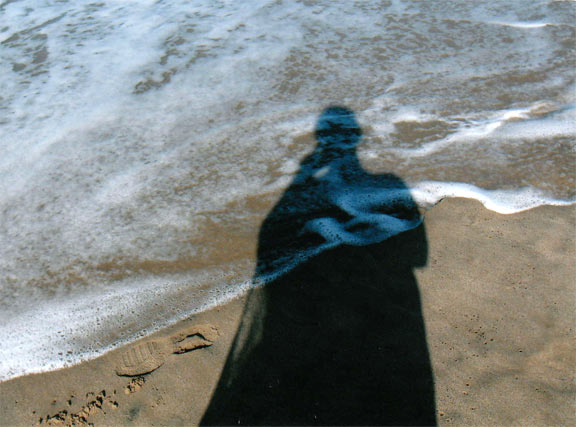An official Invitation, great!
10/23/09
Dear Yoya Duran,
This is an official invitation to lecture at Mills College (situated in Oakland, California) on December 1, 2009 on the Baroness Elsa Von Freytag Loringhoven.
Through your recent research and dissertation–and I hope so much the dissertation will soon appear in a book form as it will be an invaluable contribution to the field of performance history and to reassessments of the role of women in the Dada movement–you are clearly now a leading expert on the Baroness with your radical examination of her as a female „dandy.“
My colleagues and I, together with students, are so much looking forward to your presentation.
Sincerely
Moira Roth
Trefethen Professor of Art History, Mills College, Oakland, California
And that is my inttroduction to such presentation:
BARONESS ELSA VON FREYTAG-LORINGHOVEN
The aristocrat as artist or
how to be a dandy and a woman
and survive
The object of the canonical art history is an explanatory instrument of sustaining the modern nations and the citizen subject. But the Cartesian subject is no longer viable. Theresa Hak Kyung Cha shown this fact with her autobiographical Dictee, edited in 1982, a pastiche of visual images, historical fragments, personal meditation, and even handwritten drafts. Dictee is an example of postmodernist writing, multicultural literature, feminist autobiography, or, as is most likely, some combination of these categories. Since the excerpt from Dictee focuses on history we should ask ourselves to engage in a critique of the forms of historical narrative. First, what are the expectations we bring to a work labelled as „history“? What information do we expect? How do we expect that information to be presented? Are we looking for answers? A definite sense of closure and finality?
Ezra Pound called the baroness Elsa Kassandra, the one who knows true things but since the High Art Institution placed a curse on her, no one would ever believed her predictions and she was convicted to oblivion: The immense cowardice of advertised literati & Elsa Kassandra, „the Baroness“ von Freitag etc. sd/ several true things in the old days / driven nuts, Well, of course, there was a certain strain on the gal in them days in Manhattan the principle of non-acquiescence laid a burden. Ezra Pound
If the art of living is a continuous task to conform our life and us, Elsa was the master of this sense of life as art, and art as life. She freely chose her own rules to guide her own life; he reclaimed the right to be just herself. She was a consummate dandy, the real object of her artistic expression. She made her personal version of a kind of Dionysian vitality, she aestheticized her life as the Greeks used to do, but like Kassandra she heard the future but every one thought she was „driven nuts“. As Kassandra she is epic and she is tragic; as Theresa she tells her story in a fragmented version of herself where she can be as many characters as she wants to be. She is a permanent performer of herself and was so consistent with her life goals that at the end she just died, not as she would have liked to die, „gaily-victoriously-with flourish“. She just appeared death with her dog at her side in a strange hotel room in some quarter of France in 1927.
This is the story of one who should have occupied a position in the art history tale as high as that of Marcel Duchamp, her contemporary and her obsession“¦ as we know she is not so recognized by the academy, but we will rescue her from oblivion.
